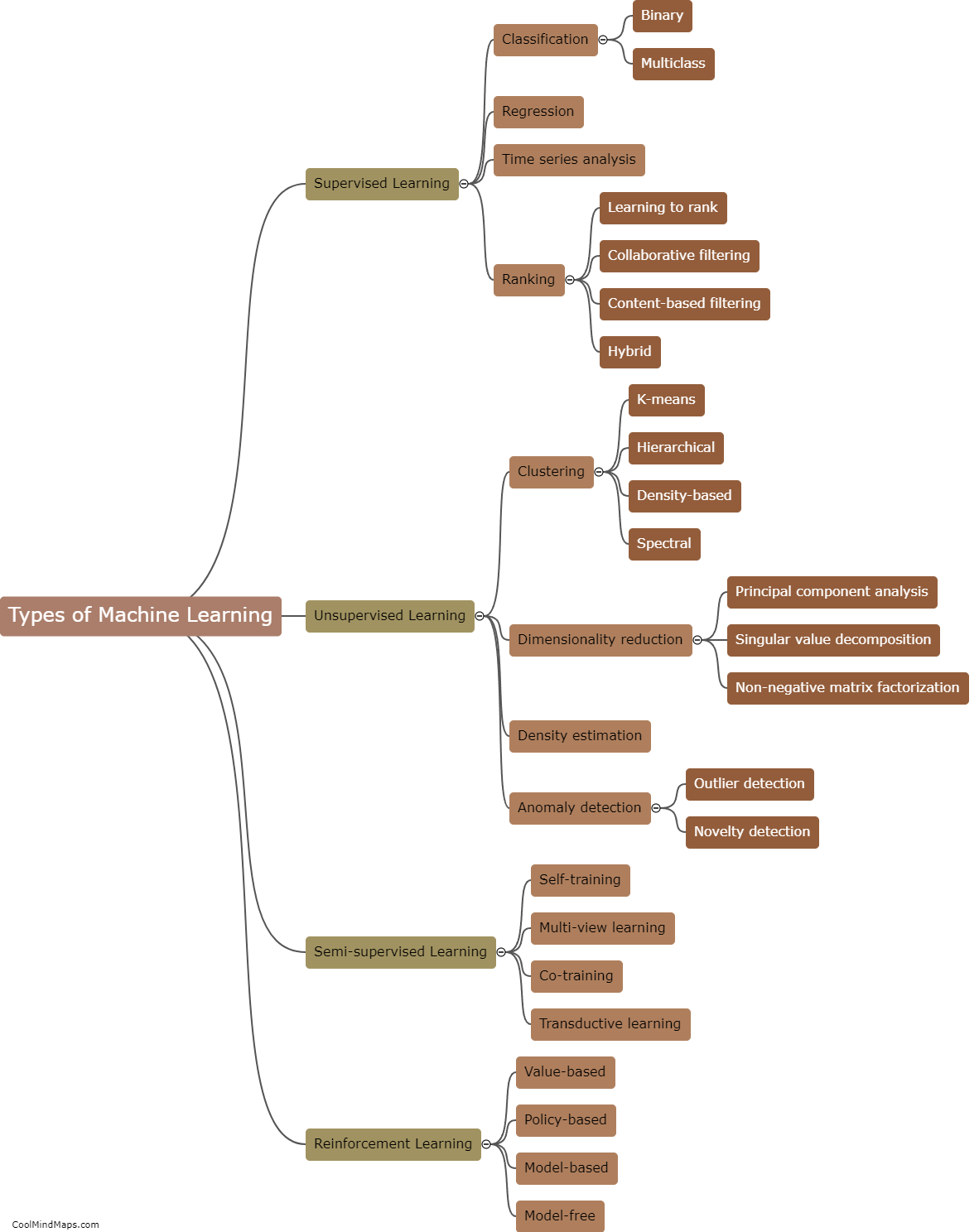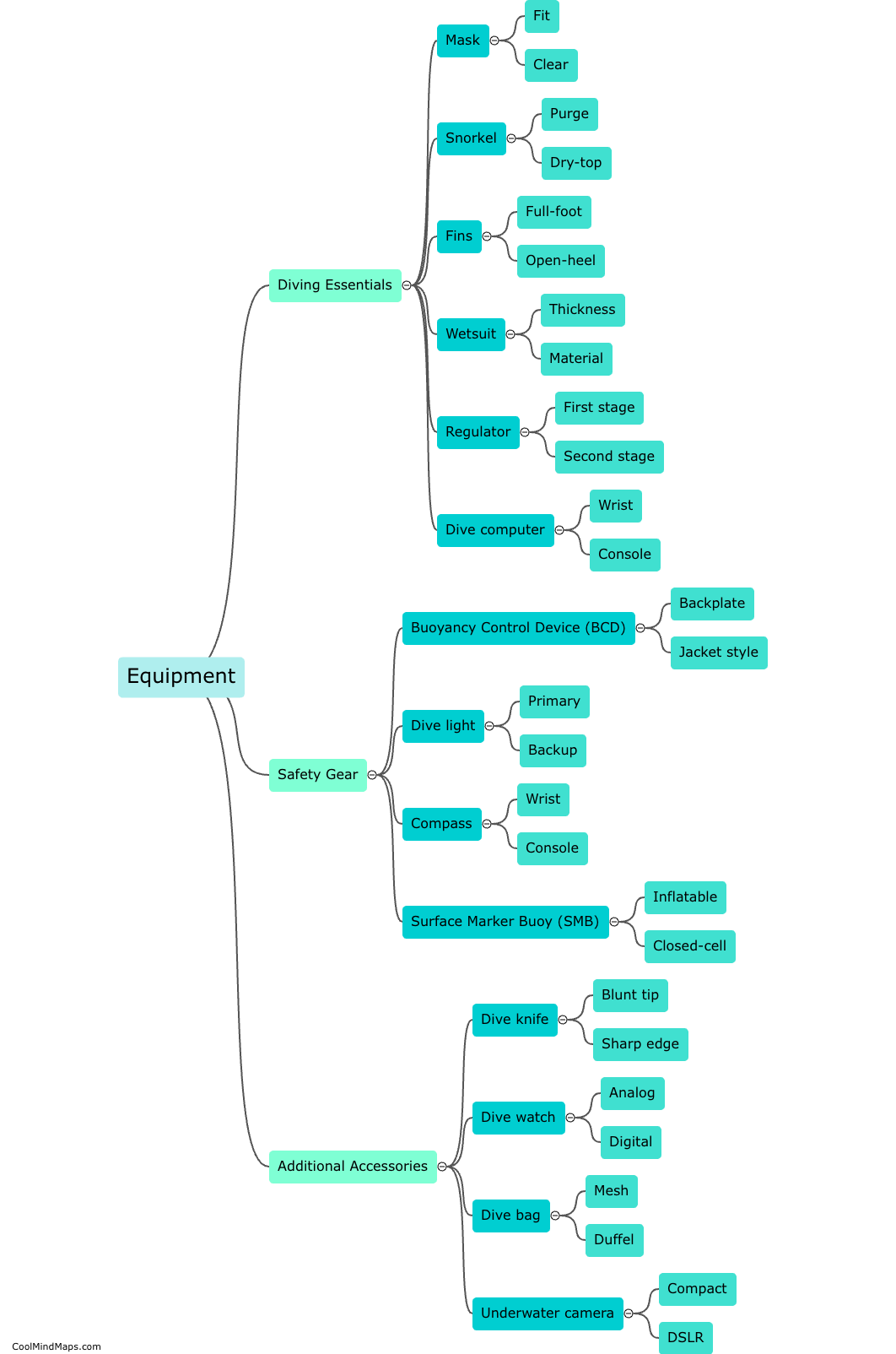What are the steps involved in cellular respiration?
Cellular respiration is the process by which cells convert glucose into energy. It involves several steps that occur within the mitochondria of the cell. The first step is glycolysis, where glucose is broken down into two molecules of pyruvate. This process occurs in the cytoplasm and produces a small amount of ATP. The next step is the citric acid cycle, also known as the Krebs cycle, which takes place in the mitochondrial matrix. During this cycle, pyruvate is further broken down and carbon dioxide is released. The final step is oxidative phosphorylation, which occurs in the inner membrane of the mitochondria. This step involves the transfer of electrons through a series of protein complexes, generating a large amount of ATP through a process called oxidative phosphorylation. Overall, cellular respiration is a complex series of biochemical reactions that efficiently convert glucose into usable energy for the cell.

This mind map was published on 7 September 2023 and has been viewed 85 times.











